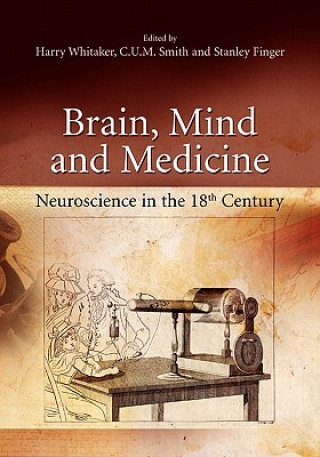
Code: 01422854
Brain, Mind and Medicine:
by Harry Whitaker, C. U. M. Smith, Stanley Finger
No books have been published on the practice of neuroscience in the eighteenth century, a time of transition and discovery in science and medicine. This volume explores neuroscience and reviews developments in anatomy, physiology, ... more
- Language:
 English
English - Binding: Paperback
- Number of pages: 376
Publisher: Springer-Verlag New York Inc., 2010
- More about this

215.82 €

Low in stock at our supplier
Shipping in 10 - 15 days
Potřebujete více kusů?Máte-li zájem o více kusů, prověřte, prosím, nejprve dostupnost titulu na naši zákaznické podpoře.
Add to wishlist
You might also like
Give this book as a present today
- Order book and choose Gift Order.
- We will send you book gift voucher at once. You can give it out to anyone.
- Book will be send to donee, nothing more to care about.
More about Brain, Mind and Medicine:
You get 530 loyalty points
 Book synopsis
Book synopsis
No books have been published on the practice of neuroscience in the eighteenth century, a time of transition and discovery in science and medicine. This volume explores neuroscience and reviews developments in anatomy, physiology, and medicine in the era some call the Age of Reason, and others the Enlightenment. Topics include how neuroscience adopted electricity as the nerve force, how disorders such as aphasia and hysteria were treated, Mesmerism, and more.Ideas we associate with the 18th century are clearly seen in work published from the latter decades of the 17th century through the first decades of the 19th century. This is the "long 18th century", a period which exhibits multiple discourses in medicine, brain science and philosophy. The editors have deliberately adopted a "presentist" subtitle, "neuroscience", to emphasize that this collection of essays reflect a range of current thought about 18th century-studies of the nervous system in isolation and in context. There are six sections, each preceded by a short introduction.§The opening section of Brain, Mind and Medicine: Neuroscience in the 18th Century sets forth a temporal chronology for the long 18th century. This is followed by a background section of essays on (a) brain and mind in the long 18th century, (b) the role of microscopes and microscopy in this period, (c) the nature of 18th century medical education and the place of voluntary hospitals and (d) an illustration of late-18th century medicine, discussing the early career of James Parkinson as an example.§The third section contains a series of papers focusing on the nervous system, with (a) an exegesis of John Hunter s work, (b) the contributions of William Cullen and Robert Whytt, (c) a detailed analysis of the physiological and anatomical work of Pourfour du Petit, (d) the debate between Albrecht Haller and Robert Whytt concerning the mechanism of muscle contraction and two essays on developments in animal electricity during this epoch, (e) the early history starting with observations of the electric ray, and (f) the later contributions of Luigi Galvani, medical man and scientist.§The fourth section on brain and behavior considers (a) William Porterfield s thoughts on vision, and three essays in speculative philosophy of neuroscience, (b) a discussion of David Hartley s vibration theory, (c) a discussion of Charles Bonnet s vibration theory and an analysis of Emanuel Swedenborg s century-too-soon thoughts on localization of brain function.§The next section opens with an essay (a) on the neuroscientific ideas of Hermann Boerhaave and Albrecht Haller, then (b) a discussion of the evolution of our understanding of strokes in this epoch; these are followed by three essays on the development and applications of medical electricity, the first (c) on the contribution of Benjamin Franklin, the second (d) on how medical electricity was discussed in the popular publication, Gentleman s Magazine, and the third (e) on the application of medical electricity in physician s practices. The essays continue with (f) the medical opinions of the clergyman John Wesley, followed by (g) an essay on the best example of the power of suggestion in this era, Franz Anton Mesmer s notions of animal magnetism. The final essay in this section (h) discusses the evolution of the concept of hysteria well in advance of the well-known work of Jean Marie Charcot and Sigmund Freud.§The final three essays in the last section capture some of the cultural consequences of 18th century interest in the nervous system: (a) in the context of French materialism, (b) in Jonathan Swift s literary treatment of brain and nervous system and, finally (c) in an analysis of the origin and development of the concept of temperament. §Cover illustration: A young woman being treated with medical electricity in the 18th century. (From Adams, 1785; see chapter by Bertucci.)
 Book details
Book details
Book category Books in English Mathematics & science Biology, life sciences Life sciences: general issues
215.82 €
- Full title: Brain, Mind and Medicine:
- Subtitle: Essays in Eighteenth-Century Neuroscience
- Author: Harry Whitaker, C. U. M. Smith, Stanley Finger
- Language:
 English
English - Binding: Paperback
- Number of pages: 376
- EAN: 9781441943682
- ISBN: 1441943684
- ID: 01422854
- Publisher: Springer-Verlag New York Inc.
- Weight: 743 g
- Dimensions: 254 × 178 × 22 mm
- Date of publishing: 12. February 2010
Trending among others
-

Hidden History of the Human Race
14.10 € -19 % -
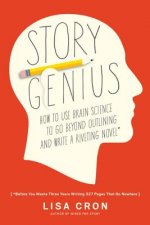
Story Genius
14.30 € -23 % -
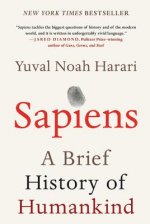
Sapiens
35.82 € -4 % -
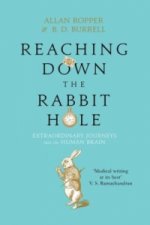
Reaching Down the Rabbit Hole
11.32 € -25 % -

Ways of Attending
26.25 € -
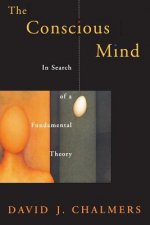
Conscious Mind
23.06 € -18 % -

Innovations in Cardio-Oncology
216.64 € -
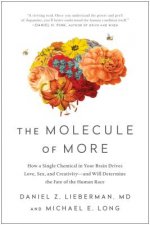
The Molecule of More
16.57 € -23 % -
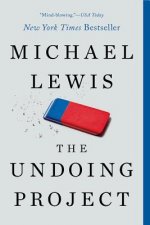
Undoing Project
11.11 € -14 % -

Sapiens
21.41 € -
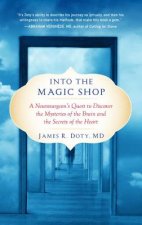
Into the Magic Shop
18.01 € -8 % -
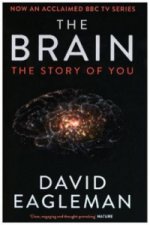
Brain
11.73 € -22 % -

Stealing Fire
16.26 € -21 % -
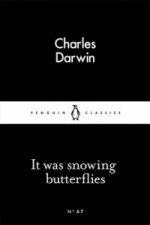
It Was Snowing Butterflies
3.59 € -24 % -
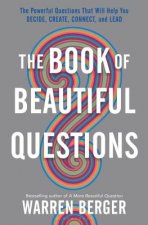
Book of Beautiful Questions
27.79 € -6 % -
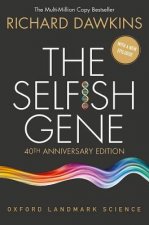
The Selfish Gene
12.35 € -23 % -

Power of Habit
15.23 € -5 % -
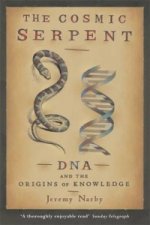
Cosmic Serpent
10.39 € -29 % -
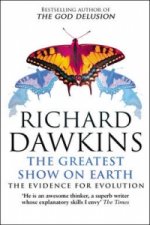
Greatest Show on Earth
11.21 € -23 % -
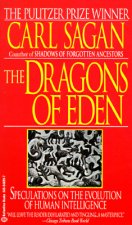
Speculations on the Evolution of Human Intelligence
9.77 € -7 % -
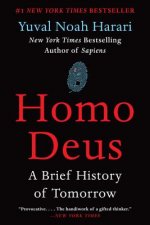
Homo Deus
11.32 € -22 % -

Biology of Belief
17.80 € -23 % -
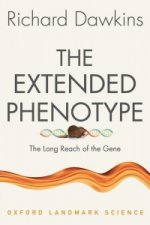
The Extended Phenotype
13.38 € -23 % -
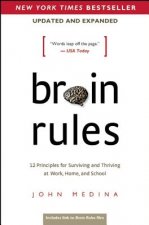
Brain Rules (Updated and Expanded)
16.67 € -4 % -

Homo Deus
31.91 € -18 % -
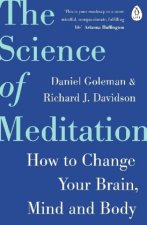
Science of Meditation
11.01 € -24 % -
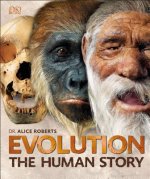
Evolution
29.03 € -8 % -
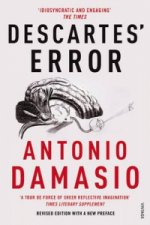
Descartes' Error
14.51 € -23 % -

Life on Earth
27.59 € -23 % -
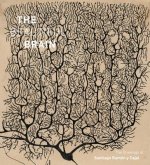
Beautiful Brain
35.93 € -19 % -
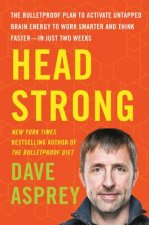
Head Strong
23.98 € -16 % -
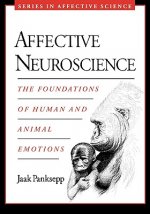
Affective Neuroscience
98.94 € -
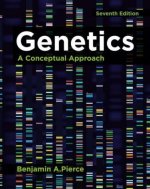
Genetics
103.99 € -

Kew Tropical Plant Identification Handbook, The
22.13 € -23 % -
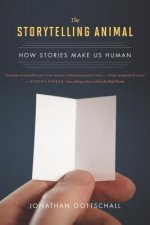
The Storytelling Animal
16.77 € -18 % -
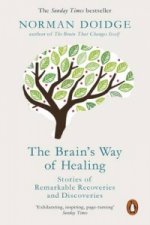
Brain's Way of Healing
12.35 € -23 % -
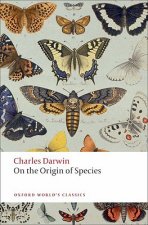
On the Origin of Species
10.18 € -22 % -
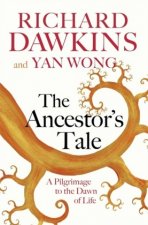
Ancestor's Tale
15.13 € -24 % -
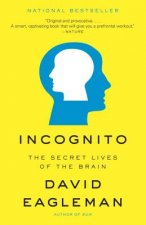
Incognito
18.01 € -8 % -
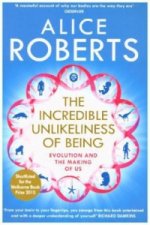
Incredible Unlikeliness of Being
14.51 € -23 % -

Plant Ecology
71.35 € -

Touch
12.35 € -23 % -

New Executive Brain
22.23 € -18 % -
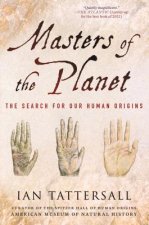
Masters of the Planet
16.26 € -21 % -

Future Humans
29.44 € -
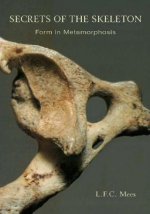
Secrets of the Skeleton
23.67 € -

Once We All Had Gills
45.09 € -

Zooarchaeology and Modern Human Origins
122.32 € -

Tree of Life
49.83 € -3 %
Collection points Bratislava a 2642 dalších
Copyright ©2008-24 najlacnejsie-knihy.sk All rights reservedPrivacyCookies




 15549 collection points
15549 collection points Delivery 2.99 €
Delivery 2.99 € 02/210 210 99 (8-15.30h)
02/210 210 99 (8-15.30h)